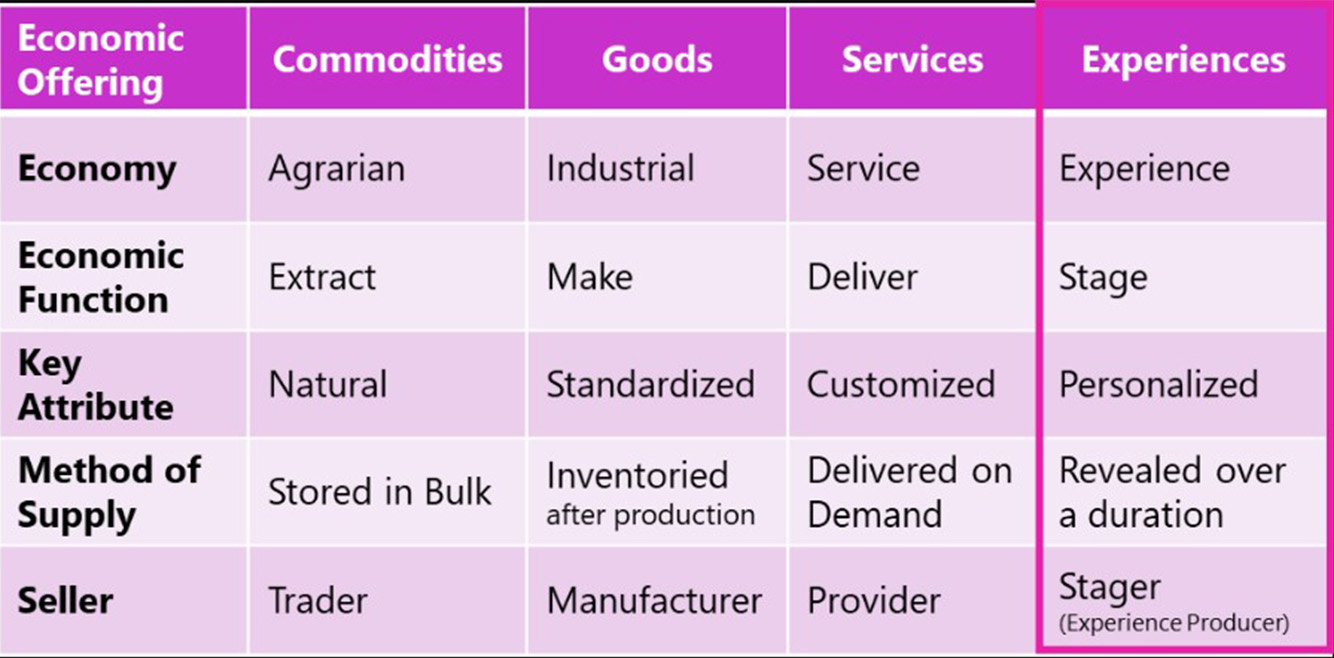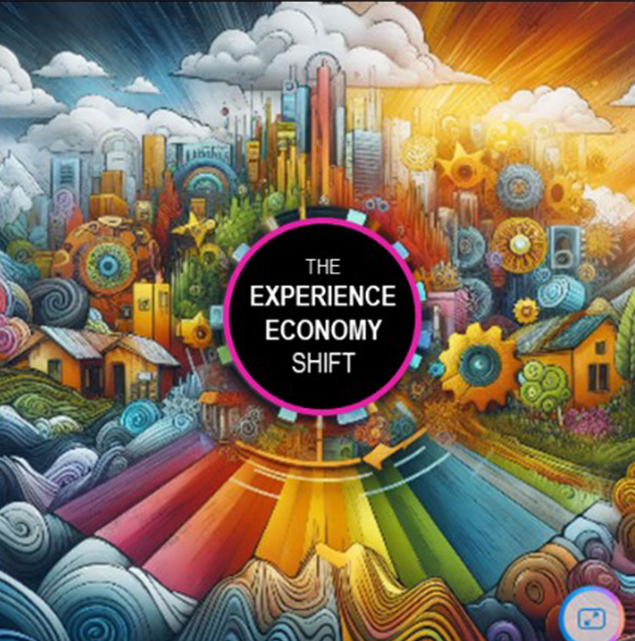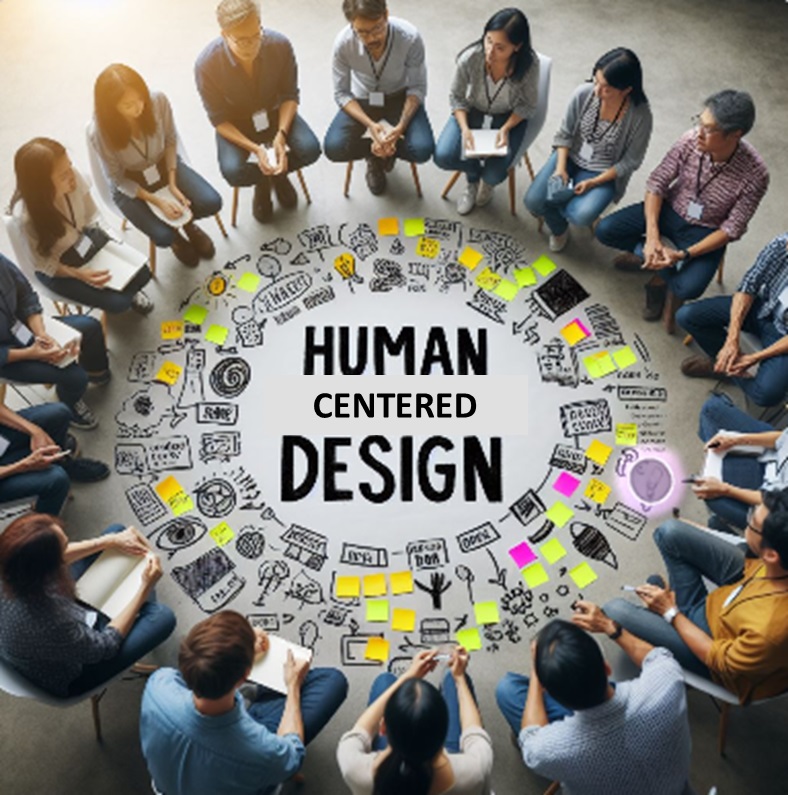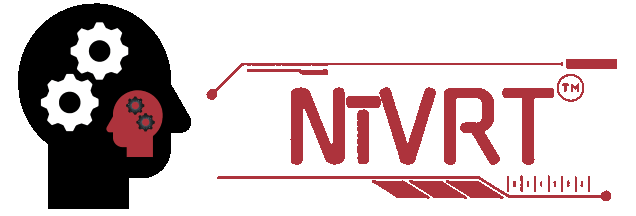Just as Clark Kent would jump into a phone booth and come out wearing a cape to take on the World as Superman. Today’s knowledge worker can take advantage of human-centered AI to amplify and augment, giving them “super-powers” to face nearly any work-related challenge.
If you follow the news and headlines you see a lot of rhetoric about how Artificial Intelligence will replace jobs. While admittedly some DDD (Dirty, Dangerous, or Dull) jobs such as waste management and mining exploration will be replaced by AI, most jobs will lever Augmented Intelligence to enable heightened insight, productivity, personalized service, and increased job satisfaction.
Accurate, innovative, and personalized service is becoming paramount to remain a viable company in the future. Customers’ expectations are increasing at a rapid pace and they will no longer tolerate poor experiences, especially if there are alternative competitors. In fact, delivery of positive and creative experiences is becoming imperative.
$98B
per year is left on the table by companies who fail to provide “simple” experiences to their consumers
In agreement with Pine & Glimore’s “The Experience Economy,” a major shift from Services to Experiences is underway. The Services Economy has peaked with almost 90% of US workers employed in Services today. Individuals are cutting back spending on goods & services to instead spend on highly valued experiences. This shift is translating to the business world.


Human-centered AI (HCAI) is a critical accelerant to navigating this shift effectively. HCAI prioritizes human needs, values, and capabilities to ensure AI-centric solutions enhance human abilities and well-being. HCAI also considers social, ethical, and cultural implications to improve accessibility, usefulness, and overall benefits to end users.
To address the rapidly rising customer expectations and alleviate fear of job displacement or radical role changes for employees, leaders should take greater advantage of human-centered design to reimagine operating models and build and configure solutions around specialized needs and desired experiences. Thus, giving workers “super-powers” to improve performance and better delight their customers. Furthermore, a human-centered and humane approach to innovation will enable businesses to disrupt their industry.
Let’s consider a few examples of the impacts of Human-Centered AI in Healthcare
86%
of mistakes made in healthcare are administrative according to HIMSS.
#3
killer in the US, third only to heart disease and cancer, is preventable medical errors.
Healthcare workers often describe their work as overwhelming, exhausting, high-pressure, and tedious, all symptoms of potential burnout. Fatigue and burnout increase the chances of making an error that could potentially cost lives. Additionally, it is estimated that for every hour a Clinician spends in front of a patient it creates between one and two hours of administrative work for the Healthcare Provider, a key contributor to job dissatisfaction.
There is also a labor shortage that is expected to accelerate with an estimated deficit of 900,000 nurses and 140,000 general practitioners by 20361, amplifying the need to increase employee productivity. Enter HCAI-enabled solutions that can:
- improve usability of key systems, like Electronic Healthcare Record (EHR), through human-centered designed, intuitive interfaces with contextual understanding of the physical environment the clinician is working in,
- utilize Generative AI enabled bots to quickly sift through volumes of data and images, providing contextual analysis, and self-attention memory-like capabilities to recommend nuanced next best action (NBA),
- employ Generative AI to perform member verification and auto-populate intake forms, patient records, and prior authorizations,
- collaborate with healthcare workers to automate workflow, reducing administrative burden and enable more time in front of patients instead of screens,
personalize patient care by quickly analyzing previous care and conditions arming the clinician with a summary of individualized diagnostic information thus empowering and guiding them to provide an improved patient experience,
- increase data-driven decision making, identify and auto-correct erroneous data, and aid diagnosis,
demystify complex patient diagnoses & healthcare benefits information for patients.
No matter your industry, the importance of Human-Centered AI is steadfast. By applying design thinking principles, which literally puts the designer in the shoes of the user to solve challenges and improve efficiency. This includes contextual observation and collaborative design to “rethink” how tasks can be completed more effectively, understand constraints, and customer preferences vs. simply automating poor processes and experiences.
To effectively challenge the status quo and reimagine both the employee and customer experience. I recommend an “Art of the Possible” approach to jump-start human-centered AI efforts. This often incorporates a customer journey analysis that leads to a future-state customer journey map highlighting where improved data-driven insight. And AI that can reason like humans tackle tasks can be employed. Place an emphasis on understanding what the customer is trying to accomplish, i.e., the job-to-be-done (JTBD), what they care about, and what the employee needs to be empowered to effectively and empathetically address the need. This includes understanding the system dependencies and how decisions can best be supported and bolstered. Strive for a balance of creative, unbridled ideation that is filtered by technological pragmatism and potential solution impact to arrive at innovative, yet realistic human-centered AI solutions.
You should also invest in research to better understand the customer’s priorities and desired experience. This can be both quantitative and qualitative, providing a human-centered, holistic understanding to ground the solution design on what truly matters. Tactics such as time-studies, surveys, individual interviews, and collaborative focus groups can yield the needed insight. Another best practice is to build iteratively and test along the way with the end users to ensure you don’t go off course. We subscribe to following Human-Centered Design best practices:
INTEGRATED HUMAN CENTERED AI DESIGN
Best Practices for sustained alignment & efficacy
- Put the customer at the center of your business by integrating customer-centricity into the operating model and include end-user involvement in solution design.
- Likewise focus on the Employee experience, empowering satisfied employees is one of the best methods to delivering positive customer experiences.
- Not all customers are the same -implement a data-driven approach to Customer segmentation & prioritization.
- Embrace multi-method customer data collection to enhance customer understanding, identify bias, and validate key findings to inform prioritization.
- Invest in Change Management and align cross-functional teams to unified HCAI objectives and metrics.
- Develop operations to support teams ability to test, learn, iterate, and scale validated Human-Centered AI solutions

To arrive at high-impact and achievable solutions, in addition to intentional Human-centered design, feasibility considerations should be evaluated including:
- Internal Readiness – Data Readiness, Requisite Security & Governance, Requisite Infrastructure and ability and openness to adopt the use case-specific solution.
- Technical Feasibility – architecture, data, and tooling needs of the solution combined with your organization’s technical skills and ability to implement and support the solution.
- External Readiness – the likelihood to which partners and customers will accept and or use the AI-enabled solution.
- Financial Feasibility – what is the business case? Is there relatively quick ROI? What is the cost of not doing it from a regulatory and/or competitive perspective?
During development and implementation, it is critical to invest in driving adoption. Implementing new technologies typically creates areas of resistance in the organization. Especially when the “Why?” behind the solution is not well articulated. Employees can feel discomfort and skepticism about AI, especially if they do not understand
50%
average ROI erosion for solutions that do not effectively invest in managing change.
why the change matters and how it will positively impact their job. This is especially true for employees whose jobs involve a lot of manual work. Fear enters the equation when they hear “AI” and “automation”. To address concerns and drive adoption, investing in change management and proactive communications is paramount. Employees tend to make up their own narratives fueled by insecurity creating challenging resistance. When a proactively communicated vision of the future that includes how it will improve the employees’ experience and empower them to better serve their customers is lacking.

There is no debating that AI is a powerful force that if designed and used responsibly can revolutionize any industry. Those that fully embrace the power of human-centered AI to reimagine their operating models, talent, data, and strategy. That will outpace their competitors and be better prepared to adapt to what the future brings. A future where humans and machines will collectively achieve yet to be imagined capabilities. While human workers should ultimately make decisions and own customer interactions. Human-centered AI solutions can serve as the “cape” that gives knowledge workers “super-powers” to be more intuitive, efficient, personal, and accountable.
ABOUT THE AUTHOR
Chad Holmes Chad Holmes | LinkedIn is NiVRT’s Chief Growth Officer and leads the Human-Centered AI practice. Focusing on the intersection of AI-Empowerment, Human Experience Design, Customer Succes, and Transformational Change Management. NiVRT is a Human-Centered AI-Empowerment, Product Development, Intelligent Operations, and Customer Success obsessed multi-shore consultancy with headquarters in Reston, Virginia.






